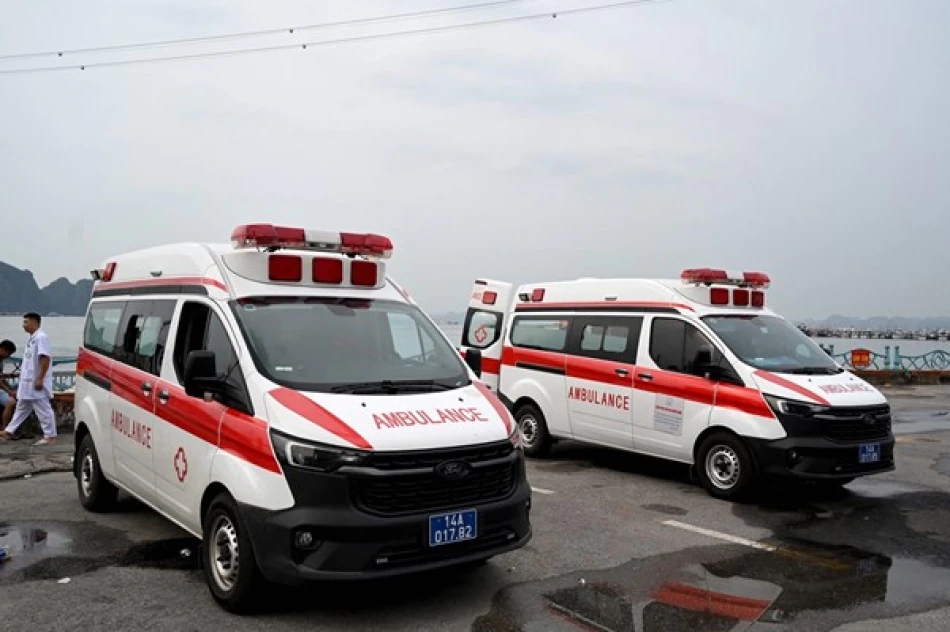
Vietnam Boat Tragedy: Death Toll Rises as Capsized Vessel Claims Lives
Vietnam Tourist Boat Tragedy Exposes Safety Gaps in UNESCO World Heritage Site
A tourist boat capsizing in Vietnam's iconic Ha Long Bay has claimed at least 38 lives, including eight children, highlighting critical safety oversight issues at one of the country's most popular UNESCO World Heritage destinations. The disaster, which occurred during strong winds on Saturday, has prompted urgent questions about maritime safety protocols in Vietnam's booming tourism sector.
The Tragedy Unfolds
Vietnamese authorities confirmed on Sunday the discovery of three additional victims from the tourist boat that overturned in Ha Long Bay, bringing the death toll to 38 from the 53 people aboard—48 tourists and five crew members. The vessel capsized during strong winds while conducting a tour of the famous bay in northern Vietnam.
Prime Minister Pham Minh Chinh has ordered authorities to prioritize rescue operations, with 323 personnel deployed including border guards, navy units, police, and port authorities. The scale of the response underscores the gravity of Vietnam's worst maritime tourism disaster in recent years.
Ha Long Bay: Tourism Gold Mine with Hidden Risks
Ha Long Bay spans over 1,500 square kilometers and features nearly 2,000 islands, making it Vietnam's crown jewel tourist destination that attracts millions of visitors annually. The UNESCO World Heritage site generates substantial revenue for Vietnam's tourism industry, which contributed approximately 8% to the country's GDP before the pandemic.
However, this tragedy exposes the safety challenges inherent in managing such a vast maritime tourist operation. The bay's popularity has led to hundreds of tour operators running daily excursions, often with varying safety standards and oversight.
Regional Context: Southeast Asia's Tourism Safety Record
This incident echoes similar maritime disasters across Southeast Asia's tourism hotspots. Thailand faced scrutiny after the 2018 Phoenix boat disaster in Phuket that killed 47 Chinese tourists, leading to stricter safety regulations and improved emergency protocols. Indonesia has also grappled with ferry safety issues, implementing enhanced inspection regimes following multiple incidents.
Vietnam's tourism sector, which was rebuilding momentum after COVID-19 restrictions, now faces potential reputational damage and likely regulatory overhaul. The timing is particularly challenging as the country was experiencing a tourism recovery, with international arrivals steadily increasing throughout 2024.
Economic and Policy Implications
The disaster will likely trigger immediate policy responses including enhanced safety inspections, mandatory weather monitoring protocols, and stricter licensing requirements for tour operators. This could temporarily disrupt operations but may ultimately strengthen Vietnam's tourism credibility.
For the broader tourism industry, this incident reinforces the critical importance of balancing rapid growth with safety infrastructure investment. Countries like Singapore and the UAE have successfully managed this balance by implementing stringent safety standards from the outset of their tourism development.
The tragedy serves as a stark reminder that sustainable tourism growth requires robust safety frameworks, particularly in adventure and maritime tourism segments where environmental factors can quickly turn deadly.
 Layla Al Mansoori
Layla Al Mansoori







